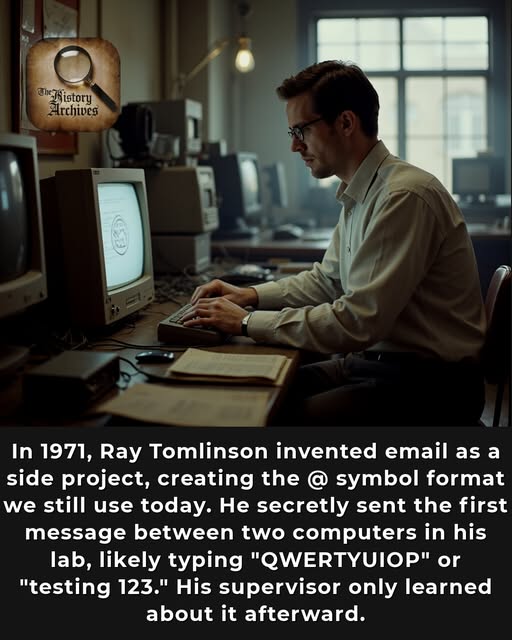
In 1971, a 30-year-old engineer named Ray Tomlinson sat at his terminal at Bolt Beranek and Newman (BBN) and changed communication forever.
Working on ARPANET, the precursor to today’s internet, Tomlinson faced a simple challenge: how could messages be sent between different computers on a network? At that time, electronic messages could only be sent to users on the same computer.
His breakthrough came with a simple but ingenious solution—using the @ symbol to separate the user name from the host computer name. This user@host format remains the global standard fifty years later.
Tomlinson’s first test message was sent between two computers sitting side by side in his lab. While he later admitted he couldn’t remember the exact content of that first message, he suggested it was probably something like “QWERTYUIOP” or “testing 123.”
What’s remarkable is that Tomlinson wasn’t assigned to create email. He developed it as a side project while working on other ARPANET protocols. His supervisor only learned about it after the fact.
The modern controversy surrounding email’s invention comes from Shiva Ayyadurai’s claim to have invented email in 1978. However, most computer historians maintain that Tomlinson’s 1971 innovation was the true birth of networked electronic mail.
While email has evolved dramatically since those early days, Tomlinson’s core innovation—enabling messages to travel between separate computers via a network—remains the foundation of electronic communication used by billions daily.
Sources: Internet Hall of Fame, Boston Magazine, Smithsonian Institution
